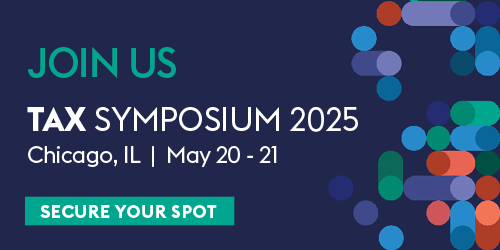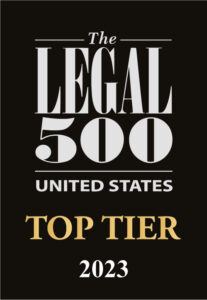Check out our summary of recent Internal Revenue Service (IRS) guidance for February 17, 2025 – March 14, 2025.
Editors’ note: With the change in presidential administrations, the IRS has undergone significant transition in recent weeks and issued significantly less guidance than normal. We did not publish the IRS Roundup regularly during these weeks as we awaited new guidance from the agency.
February 19, 2025: The IRS issued Revenue Ruling 2025-6, providing the March 2025 short-, mid-, and long-term applicable federal rates for purposes of Section 1274(d) of the Internal Revenue Code (Code), as well as other provisions.
February 21, 2025: The IRS issued Notice 2025-15, providing guidance on the alternative method for furnishing health insurance coverage statements to individuals, as required by Code Sections 6055 and 6056. This alternative method allows entities to post a clear and conspicuous notice on their websites, informing individuals that they can request a copy of their health coverage statement. This notice must be posted by the due date for furnishing the statements and retained through October 15, 2026. The guidance applies to statements for calendar years after 2023.
March 5, 2025: The IRS issued Revenue Procedure 2025-17, providing guidance for individuals who failed to meet the eligibility requirements of Code Section 911(d)(1) (foreign earned income exclusion) for 2024 because of adverse conditions in certain foreign countries. The revenue procedure lists specific countries, including Ukraine, Iraq, Haiti, and Bangladesh, where war, civil unrest, or similar conditions precluded normal business conduct. Individuals who left these countries on or after specified dates in 2024 may still qualify for the foreign earned income exclusion if they can demonstrate that they would have met the eligibility requirements but for these adverse conditions.
March 5, 2025: The IRS issued Notice 2025-16, providing adjustments to the limitation on housing expenses for 2025 under Code Section 911. These adjustments account for geographic differences in housing costs relative to those in the United States. The notice includes a detailed table listing the adjusted housing expense limitations for locations worldwide. It also allows taxpayers to apply the 2025 adjusted limitations to their 2024 taxable year if the new limits are higher.
March 6, 2025: The IRS issued Revenue Ruling 2025-7, providing interest rates for tax overpayments and underpayments for the second quarter of 2025 in accordance with Code Section 6621.
March 11, 2025: The IRS issued Notice 2025-17, providing updates on the corporate bond monthly yield curve, spot segment rates, and 24-month average segment rates used under Code Sections 417(e)(3) and 430(h)(2). The notice includes the interest rate on 30-year Treasury securities and the 30-year Treasury weighted average rate for plan years beginning before 2008. It also specifies the minimum funding requirements for single-employer plans, the methodology for determining monthly corporate bond yield curves, and the adjusted 24-month average segment rates for March 2025. Additionally, the notice outlines the permissible range of rates for calculating current liability for multiemployer plans.
read more

 Subscribe
Subscribe




